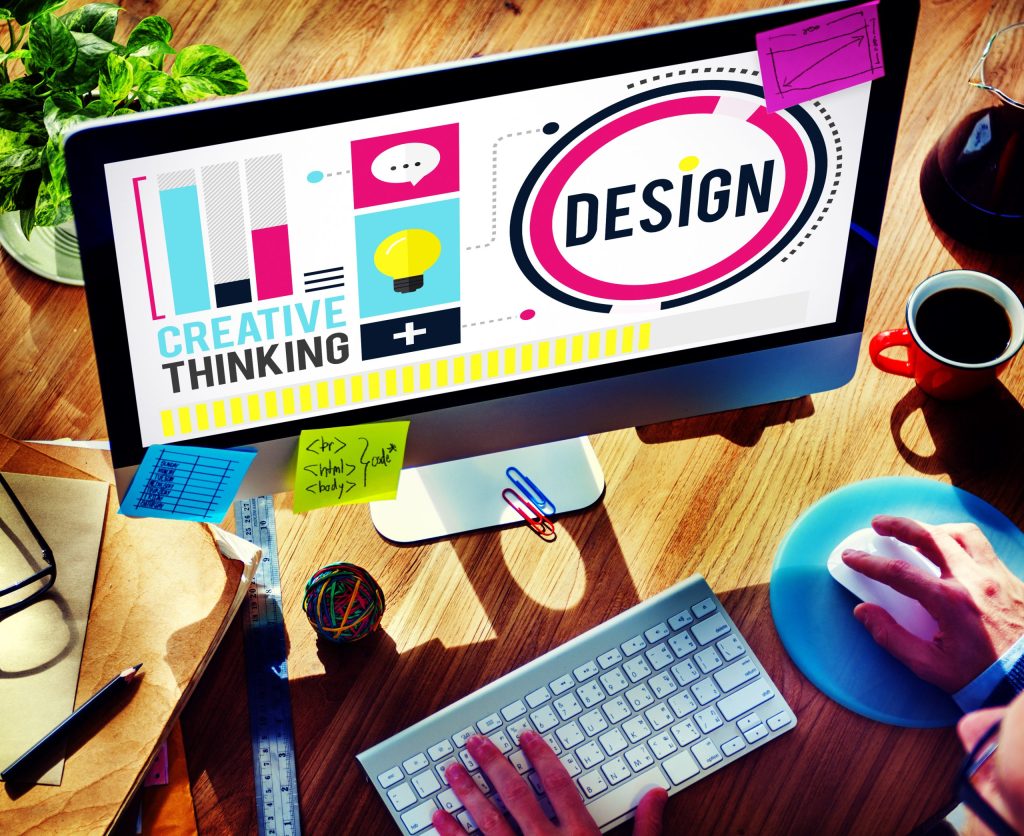Disclosure of Graphic Design and Figma Designs' Universe
Graphic design is the art of communicating ideas visually. In other words, it’s the process of using visual components like images, typography, and layout to create messages. Visual communication owes its success to graphic design build through the synthesis of arts and technology. Today visual elements in the digital world, designers resort to a wide range of tools to produce eye-catching graphics. Among them Graphic Designing & Figma Designs gained a unique position and became a strong and comprehensive platform for design works. This Website not only explores graphic design but the part played by Figma in changing the creative process.
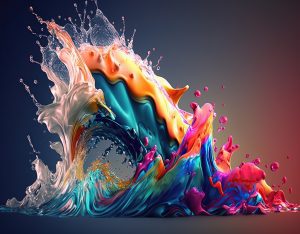
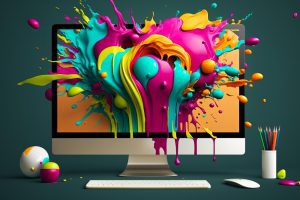




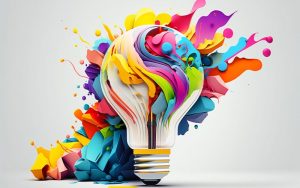

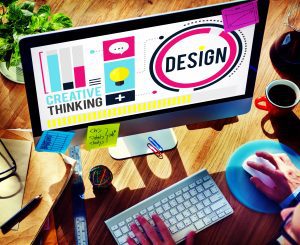

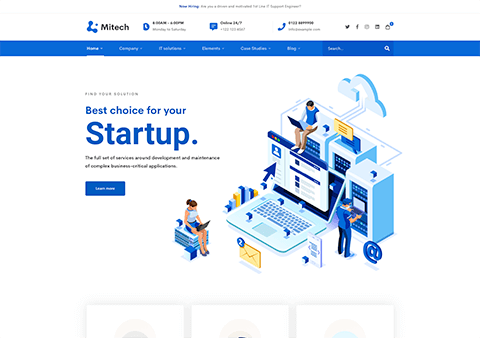

Key Features of Figma
Vector Editing: With Figma design can work with vectoring tool which is doing this as one can draw and manipulate shapes with extreme accuracy.
Components and Styles: Designers are allowed to carry over components as suitable and define styles than replicate same patterns of design across various projects.
Prototyping: Prototyping is the key selling point Figma is able to brag about.
Team Libraries: Team libraries allow designers to publish assets and settings for common use and style across projects. This leads to more teamwork aspects as well as a single style style guide for all team projects.
Cross-Platform Compatibility: Concerning about its functioning system, Figma works on platform of different operating systems so as to a wide view-ability.
Applications of Figma Designs
Web Design: Designers use Figma to layout web pages, and create interface and user experience elements. It offers prototyping functionalities that enable testers run without a hassle user flows.
Mobile App Design: Clearly Figma’s capability of developing the high-quality designs and prototypes eases out the life of mobile app designers and they end up developing the user interfaces as good as customers expectations.
Branding: Designers create branding resources such as logos, color schemes and font styles.
Marketing Materials: With their easy user interaction, Figma expedites a well-rounded creation of marketing materials like brochures, flyers, and social media graphics. The platform’s collaboration tools allow open and continuous feedback, therefore, leading to resulted operations.
Game Design: Game designers draw game assets which are done with raster editing tools as well as prototyping options with Figma.
Graphic Design and Figma: Way forward in the future.
With technology advancing, graphic design, as well as platforms like Figma, will take up more central positions in visual communication. Figma’s focus on constant innovation and the user-friendly aspect of the software result in many designers from around the world choosing it as their preferred tool.
As the future unfolds, Figma will be improving its ecosystem with the addition of new features and tools. As the design industry follows the evolving trends, Figma will always remain the leading platform that helps designers to create impactful and remarkable images.
Ultimately, graphic design is a field, which is always changing and requires the combination of creativity and technology to bring ideas into existence. Figma’s multifaceted designing platform has done a great deal that has made designers work and collaborate in a new way for projects of different industries.

